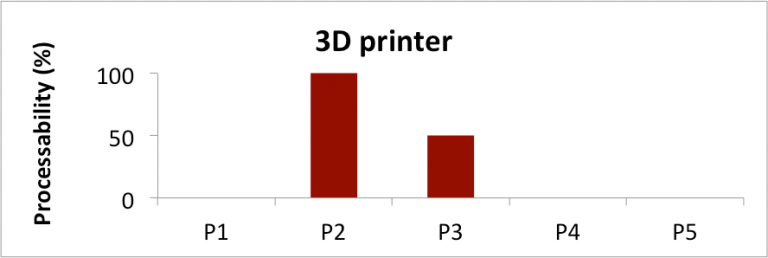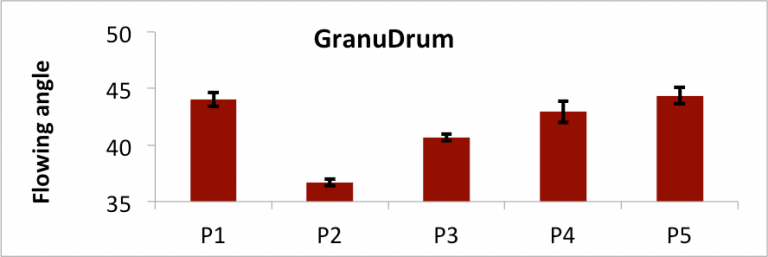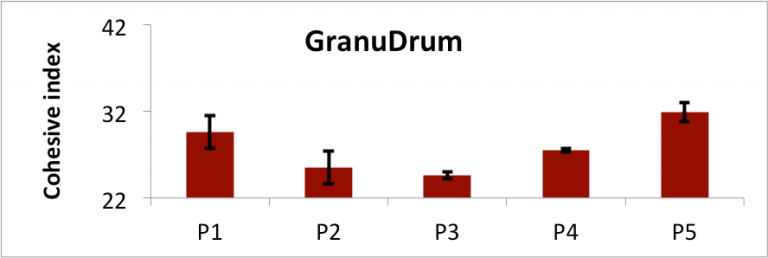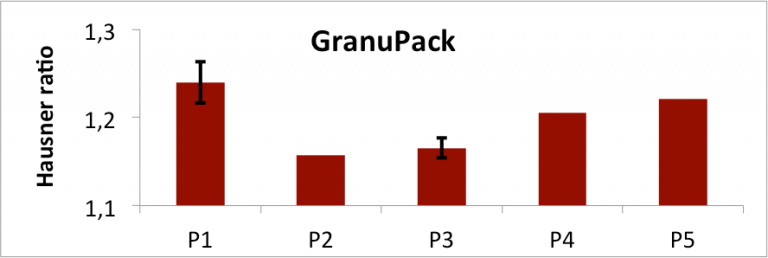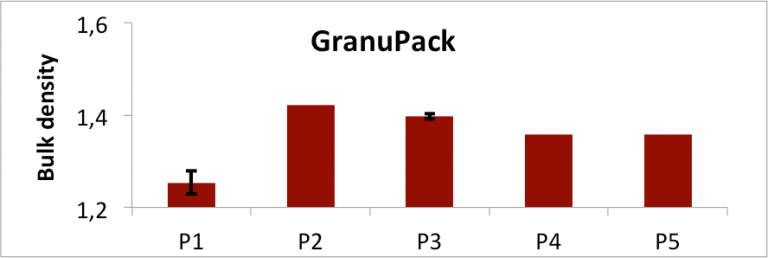Additive manufacturing
Linking aluminum powder flowability and processability in additive manufacturing processes
Introduction A set of five Aluminum powders coming from different producers has been analyzed with the GranuDrum and GranuPack instruments. According to the information shared by the producers, the grain shape and size are roughly identical from one sample to the other. The different samples are ...
Introduction
A set of five Aluminum powders coming from different producers has been analyzed with the GranuDrum and GranuPack instruments.
According to the information shared by the producers, the grain shape and size are roughly identical from one sample to the other. The different samples are corresponding to different grain surface treatments and possibly to the addition of flow aid agents. In parallel, we have tested the processability of these powders in 3D printers.
The aim of this study is to show the link between GranuTools instruments flowability indexes and the processability in powder bed based additive manufacturing processes. Linking aluminum powder flowability and processability in additive manufacturing processes.
These powders do not flow in a Hall flowmeter (ASTM B213) without strong vibrations.
Thus, this classical method does not help in the present case.The powders are made of polydisperse spherical aluminium grains with an average size of 40 um. They are named P1, P2, …, P5. You can also find a summary of the obtained results with the whole set of powders at the end of the document.
First, we will focus on P1 and P2 having respectively a very bad processability and a fairly good processability.
| P1/P2 |
|---|
  |
GranuDrum
Then the next plots are showing the main GranuDrum parameters (flowing angle and cohesive index) as a function of the rotating speed.


LEARN MORE ABOUT THE GRANUDRUM
As you can see, both powders have a slight shear-thickening behavior.
The powder having a bad processability has a higher flowing angle and a higher cohesive index.
GranuPack
The GranuPack measures automatically the evolution of the powder density during a tapping procedure to obtain a compaction curve. The next plot show the compaction curves obtained with samples P1 and P2.

LEARN MORE ABOUT THE GRANUPACK
Also, the measurement has been repeated three times with each sample.It shows that the curves for the same sample are very similar showing the high reproducibility of GranuPack measurement.
Conclusion
As you know, the last page of the document presents a summary of the indexes measured with the GranuDrum and the GranuPack for the whole set of powders.So it clearly shows that a powder with a good processability in AM application is characterized by:
- A low flowing angle, cohesive index and Hausner Ratio;
- A high bulk density.
Summary of the main flowability indexes compared with the processability
